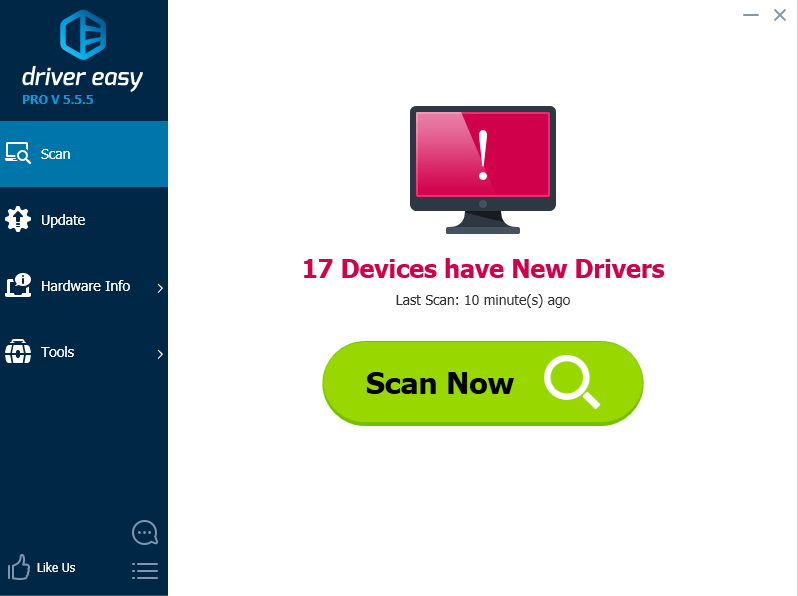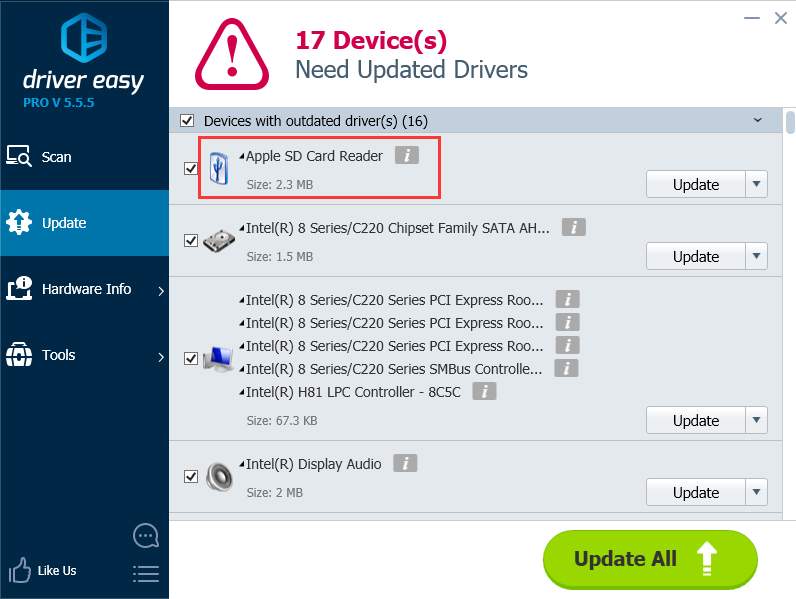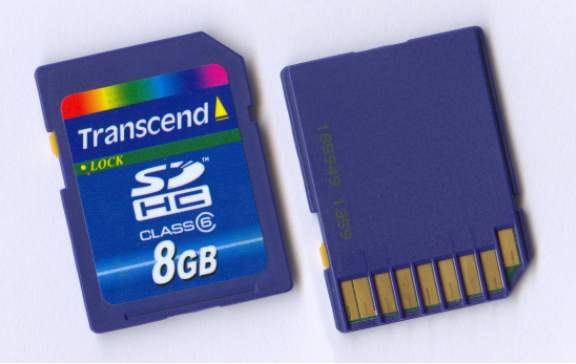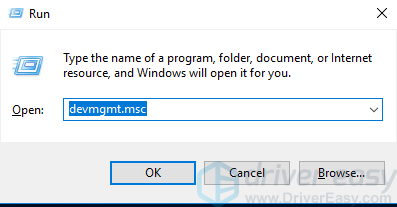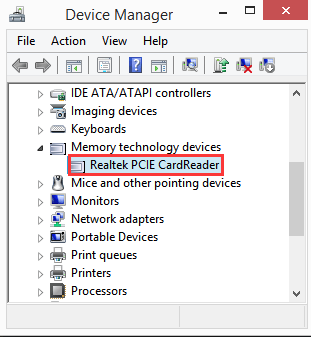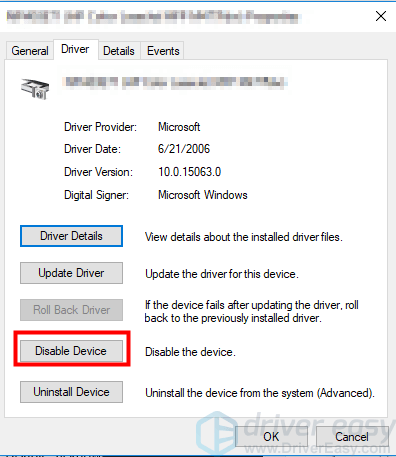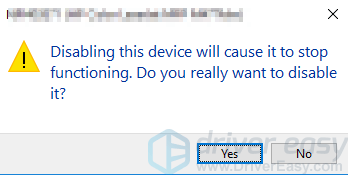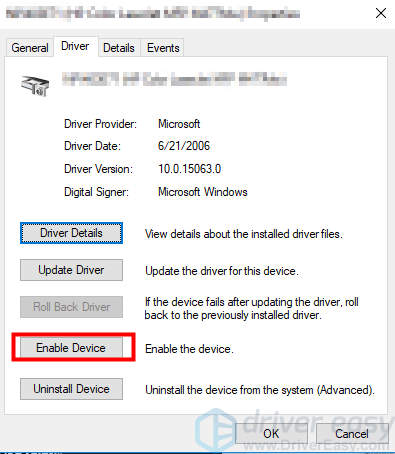I inserted a new 128GB sd card into my Lenovo Tab4 tablet (android version 7.1.1) and chose “Use as internal storage”.
The card shows up in Settings > Storage and I am able to move my apps to the card.
But the card does NOT show up in ES File Explorer File Manager or in Windows Explorer when I connect the tablet to my pc (only Internal Storage shows up but its size does NOT include the 128GB of the card).
So I am not able to move data files to the card. How can I make the card show up?
Thanks
The card shows up in Settings > Storage and I am able to move my apps to the card.
But the card does NOT show up in ES File Explorer File Manager or in Windows Explorer when I connect the tablet to my pc (only Internal Storage shows up but its size does NOT include the 128GB of the card).
So I am not able to move data files to the card. How can I make the card show up?
Thanks


